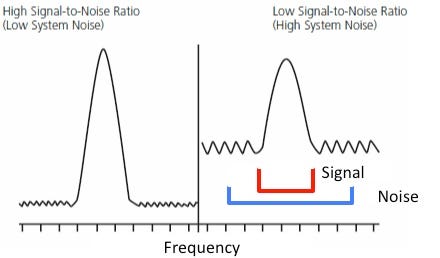In the world of data science the industry, academic, and government sectors often collide when enthusiasts and experts alike, work together to tackle the challenges we face day-to-day. A prime example of this collaboration is the Israeli Ministry of Defense Directorate of Defense Research & Development (DDR&D)’s MAFAT challenges. A series of data science related challenges with real-world application and lucrative prize pools. In the program’s own words:
Given the recent inception of the program, there haven’t been many challenges yet, however, there are expected to be a variety of challenges ranging from complicated Natural Language Processing puzzles to computer-vision related endeavors.
One such challenge, their second one made available thus far, caught my eye. It involves creating a model for classifying living, non-rigid objects that have been detected by doppler-pulse radar systems. The challenge, “MAFAT Radar Challenge — Can you distinguish between humans and animals in radar tracks?” implores competitors to develop a model that can accurately distinguish humans from animals based on a spectrum of radio signals recorded from various doppler-pulse radar sites on various days. If you are interested in participating I recommend visiting thechallenge site before reading on.
So what kind of data are we working with and what do we need to know about it?
The key to developing an accurate and competitive model is to first understand the data, how it was sourced, and what it is missing. Included with the competition is 5 CSV files containing the metadata, and 5 pickle files (serializing Python object structure format) containing doppler readings that track the object’s center of mass and slow/fast time readings in the form of a standardized I/Q matrix.
Before we go any further it is worth breaking down a few key concepts relating to signals and the specific types of data collected. The signal readings that make up the dataset fall into two levels of quality, High Signal to Noise Ratio, and Low Signal to Noise Ratio. This reading, High SNR and Low SNR divides the set into two levels of quality, one with high clarity that hasn’t been heavily tainted by a noise generating process, and one with low clarity that has had aspects such as weather impact the quality of the reading.

#machine-learning #radar #signal #challenge #neural-networks